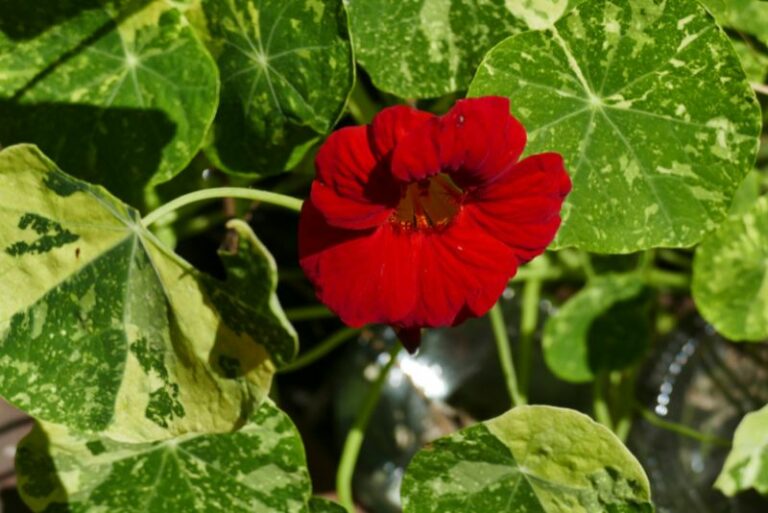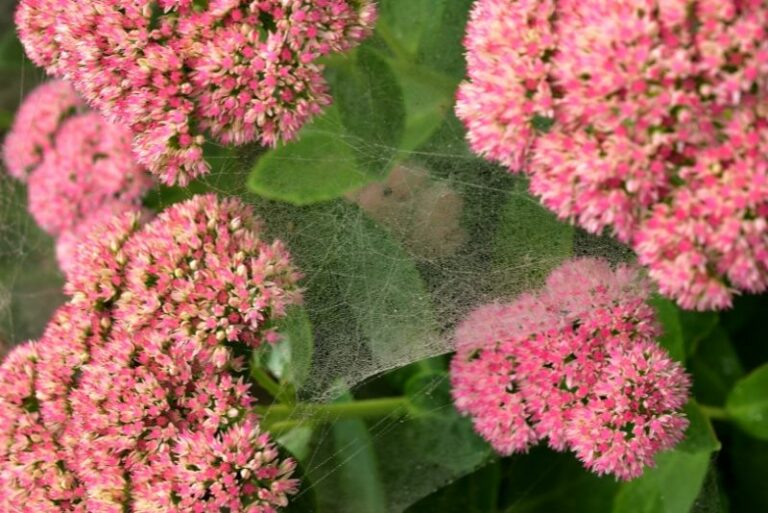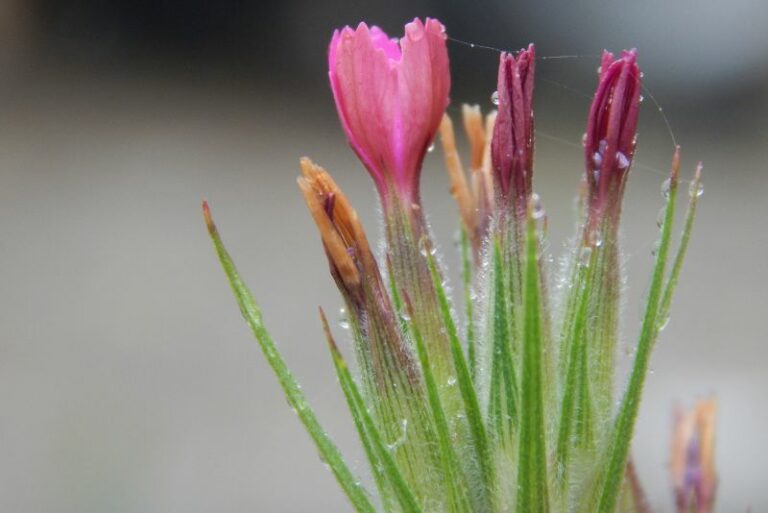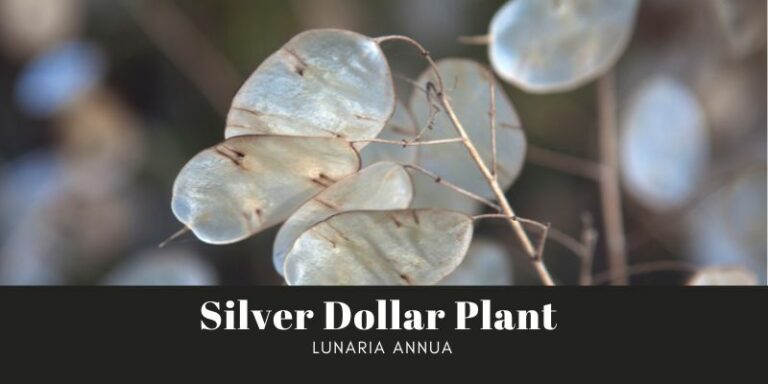How to Divide and Transplant Hellebores: A Gardener’s Comprehensive Guide
Hellebores, often called Lenten roses or Christmas roses, are prized for their evergreen foliage and delicate, long-lasting blooms. These hardy perennials are staples in the gardens of many, cherished for their adaptability to various growing conditions and their early-blooming colors that cheer up the still-waking garden. However, even these stalwart beauties can outgrow their spaces or begin to show signs of decline. This comprehensive guide will take you through the intricate process of dividing and transplanting your hellebores, ensuring they thrive for seasons to come.
Understanding Hellebores: A Primer for Gardeners

Before you grab your spade, it’s crucial to understand the plant you’re dealing with. Hellebores belong to the Ranunculaceae family and are known for their leathery, serrated leaves and their solitary, saucer-shaped flowers, often in white, purple, pink, or green. Here are a few insights into these botanical gems:
Recognizing Hellebore Variety
There are around 20 different species and countless hybrids and cultivars of hellebores. The most popular include:
- Helleborus Niger (Christmas Rose): Features white to creamy pale flowers that bloom in late winter
- Helleborus Orientlis (Lenten Rose): Typically blooms in late winter to early spring with a range of colors
- Helleborus x Hybridus (Hybrid Hellebores): Displaying a mix of colors, these are the most common hellebores found in gardens.
Signs for Division and Transplantation
The need to divide and transplant hellebores usually becomes clear after a few years when they might show these symptoms:
- Overcrowding: Older plants form clumps. This reduces flowering and can make them more susceptible to diseases.
- Decline in Flowering: If your hellebores aren’t flowering as they used to, it may be time to rejuvenate them.
- Poor Growth: Decrease in healthy leaf production and an overall tired appearance are indicators.
Now that you can identify the issues, let’s move on to the procedure of dividing and transplanting these jewels in your garden.
Step-by-Step Guide to Dividing and Transplanting Hellebores
Dividing and transplanting hellebores can be a rejuvenating experience — for both the plants and the gardener.
Step 1: Timing is Essential
The ideal time for division and transplantation of hellebores is in early spring. This is just after they flower and when they are about to start their growth cycle. Here’s what you should do:
- Select an Overcast Day: To minimize transplant shock, choose a cloudy day or late afternoon.
- Gather the Necessary Tools: A sharp knife, pruning shears, and a spade are needed.
Step 2: The Division Process
To divide hellebores from the parent plant, follow these guidelines:
- Lift the Clump: Dig all around the plant, ensuring you don’t damage the roots.
- Separate the Clump: Once out, gently tease apart the roots or use a sharp knife to divide the clump, ensuring each division has at least two healthy eye buds and a good root system.
- Replant Immediately: Hellebores don’t like to be left out of the soil for too long. Replant the divisions at the same depth as they were previously, making sure the eye buds are at the soil level or slightly below.
Step 3: Transplantation Tips for Success
A successful transplant is crucial for the health of the hellebore. Here’s how to ensure a smooth transition:
- Site Selection is Key: Choose a new spot that matches the plant’s light and water requirements.
- Prepare the Planting Hole: Ensure the hole is twice as wide as the root ball
- Filling the Hole with Care: Backfill the soil, water well, and gently firm the soil around the plant without compacting it.
Care and Maintenance Post-Transplantation
Your hellebores will need some tender loving care after the transplant to help them settle and establish well.
Watering Wisdom
- The First Week: Keep the soil consistently moist, but not waterlogged.
- Subsequent Weeks: Water when the top inch of soil is dry. Hellebores prefer slightly moist conditions, not soggy.
Soil and Sunlight
- Right Soil: Hellebores thrive in well-draining soil with lots of organic matter.
- Sunlight: Most varieties prefer partial to full shade, especially in the afternoon. Morning sun is ideal.
Patience for Prosperity
- First Blooms: Be prepared for a reduced or non-existent bloom the first year after transplant.
- Recovery Time: It usually takes a season for hellebores to fully recover from division and begin blooming normally.
Benefits of Dividing and Transplanting Hellebores
The hard work and careful tending to your hellebores after division and transplantation will yield several benefits:
- Healthier Plants: By dividing and rejuvenating, hellebores will grow into stronger, more productive plants.
- Increased Blooms: After division, the number of blooms often increases as the plant has more space and nutrients.
- Rejuvenated Growth: Hellebores will show vigorous and robust growth after transplanting.
Encouraging more new growth will lead to a showcase of beautiful hellebore flowers in your garden.
Conclusion: Tending Your Hellebores with Care
Dividing and transplanting your hellebores is a rewarding task that can extend the life and beauty of these magnificent plants. With the meticulous care outlined in this guide, gardeners of all levels can ensure the success of this process. The rejuvenation that follows will not only enhance your garden’s aesthetic but also provide a floral spectacle that’s hard to beat. Remember, gardening is an art and a science, and your personal touch will make all the difference. Happy gardening!






